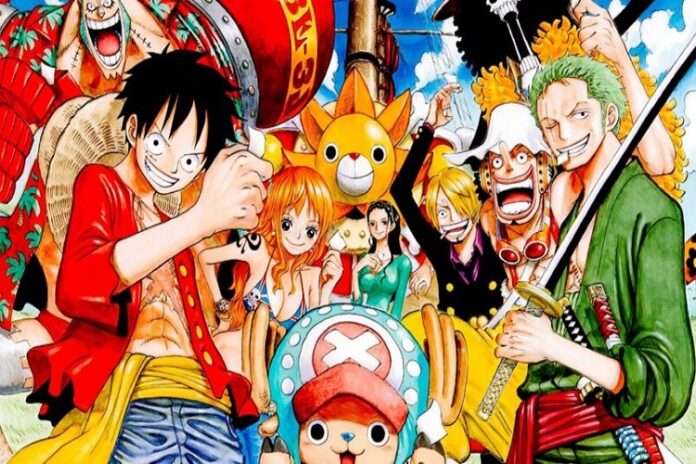In the sprawling world of entertainment, one medium that has consistently proven its staying power and global appeal is manga. Originating in Japan, manga refers to a style of comic books and graphic novels that cover an astonishingly diverse range of genres and themes. Over the decades, manga has evolved from a niche subculture into a global phenomenon, captivating readers of all ages and backgrounds. Behind the captivating stories, intricate artwork, and cultural nuances, there lies a fascinating economic story of how the manga industry thrives in an ever-changing market.
A Brief Overview of Manga’s Historical Roots
Osamu Tezuka, often referred to as the “God of Manga,” played a pivotal role in transforming the medium. His manga series, “Astro Boy,” introduced a new level of depth and storytelling sophistication, effectively bridging the gap between children’s entertainment and adult themes. This shift marked the launch of Kunmanga voyage towards becoming a dominant force in the global comics industry.
A Multibillion-Dollar Manga Industry
Today, the manga industry stands as a multibillion-dollar global juggernaut, with an economic impact that extends far beyond Japan’s borders. Manga has transcended linguistic and cultural barriers to find devoted readers in countries worldwide. So, how does the industry sustain this level of success?
Diverse Genres Catering to Varied Tastes: One of the key drivers of manga’s economic success is its ability to cater to a wide range of interests and demographics. From action-packed shonen (targeted at young boys) to heartwarming shojo (targeted at young girls), to more mature seinen and josei titles, there’s a manga genre for everyone. This diversity ensures a broad readership base and constant demand for new content.
Digital Distribution: While print remains a significant part of the manga market, digital distribution has become increasingly important. Many manga publishers offer digital versions, which can be accessed on e-readers, smartphones, and tablets. This not only caters to the tech-savvy younger generation but also allows international fans to access manga titles more easily.
Anime Adaptations: Manga series that gain popularity often receive anime adaptations. This cross-promotion can significantly boost manga sales, as fans of the anime are drawn to the source material. Additionally, merchandise related to both the manga and the anime, such as figurines and apparel, generates substantial revenue.
Fandom and Merchandise: The fervent fandom surrounding manga contributes significantly to the industry’s economic success. Fans purchase not only manga volumes but also merchandise like posters, keychains, and clothing featuring their favorite characters. Conventions dedicated to manga and kickassanime also generate substantial revenue through ticket sales, vendor booths, and celebrity appearances.
Challenges in the Ever-Changing Market
Despite its remarkable success, the manga industry faces its share of challenges. One of the most significant challenges is piracy, which threatens the revenue streams of both publishers and creators. Online scanlation sites, where fans upload translated manga without permission, have proliferated. To combat this, publishers have taken steps to offer legal and affordable digital alternatives, but piracy remains a persistent issue.
Another challenge is the need to cater to evolving reader preferences and societal changes. For example, there has been a growing demand for more inclusive and diverse representations in manga, reflecting changes in societal attitudes. Publishers have responded by producing titles that feature LGBTQ+ characters, diverse cultural backgrounds, and a broader range of perspectives.
Additionally, the rise of webcomics and self-publishing platforms has introduced new competition and alternative distribution channels. While these platforms provide opportunities for emerging artists, they also challenge traditional publishing models.
In response to these challenges, the manga industry has shown resilience and adaptability. Publishers are increasingly focused on digital distribution, providing official translations quickly to deter piracy. They also actively engage with fans through social media, fan events, and digital platforms.
The Future of Manga Economics
As we look to the future, the manga industry’s economic prospects remain promising. The continued globalization of manga, the rise of digital platforms, and the industry’s ability to adapt to changing trends bode well for its sustained success.
Furthermore, mangaowl ability to tell compelling stories that resonate with readers on a profound level ensures that it will remain a beloved medium for generations to come. Its economic success is not just a testament to its business acumen but also to its power as a storytelling art form that transcends borders and cultures.
Ending Words
In conclusion, the economics of manga are a testament to the enduring appeal of this unique medium. With its diverse genres, dedicated fan base, adaptability, and global reach, the manga industry has not only thrived but continues to shape the world of comics and entertainment. As long as there are stories to tell and readers eager to immerse themselves in them, the manga industry will undoubtedly remain a flourishing force in the ever-changing landscape of media and entertainment.


